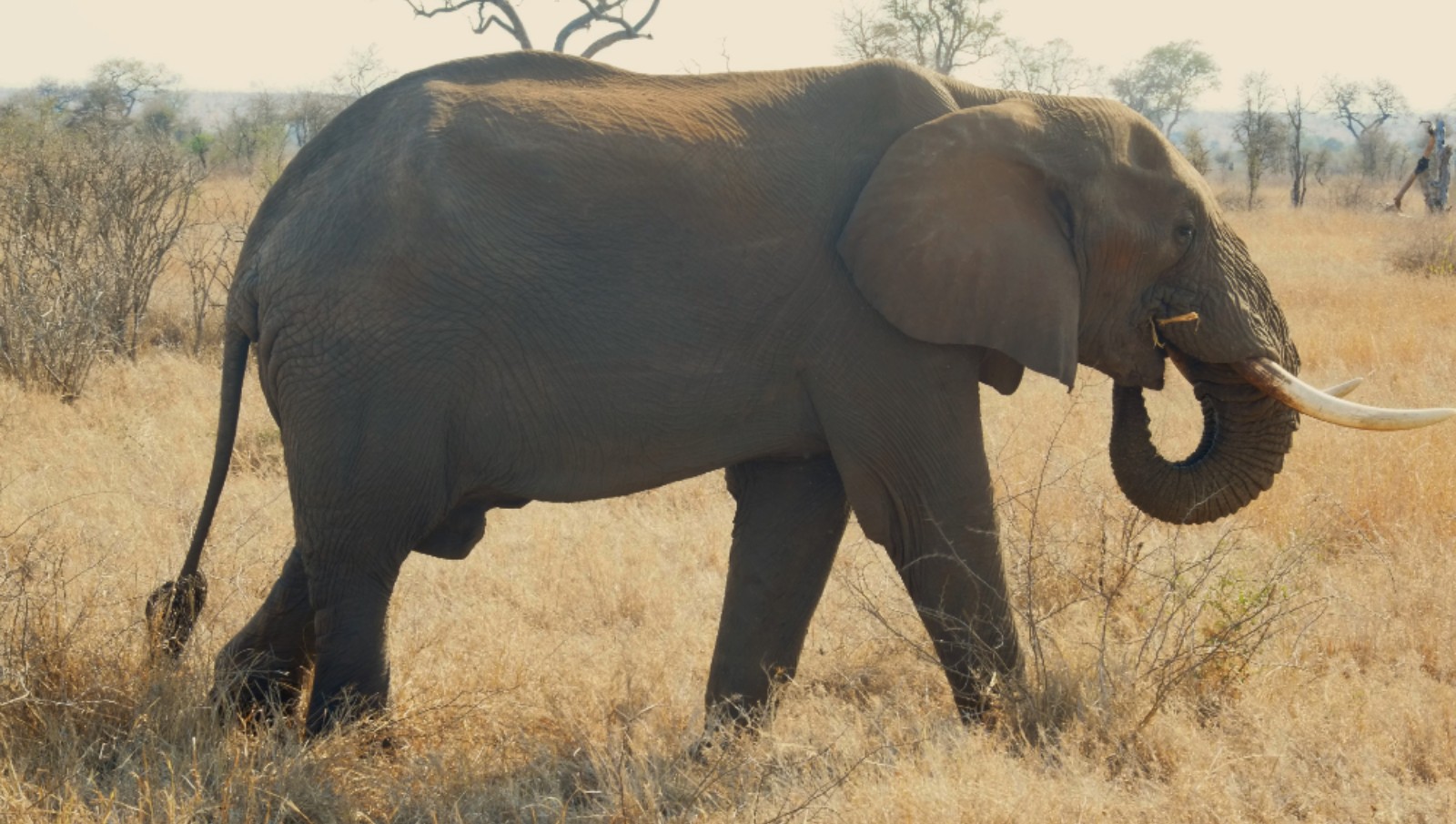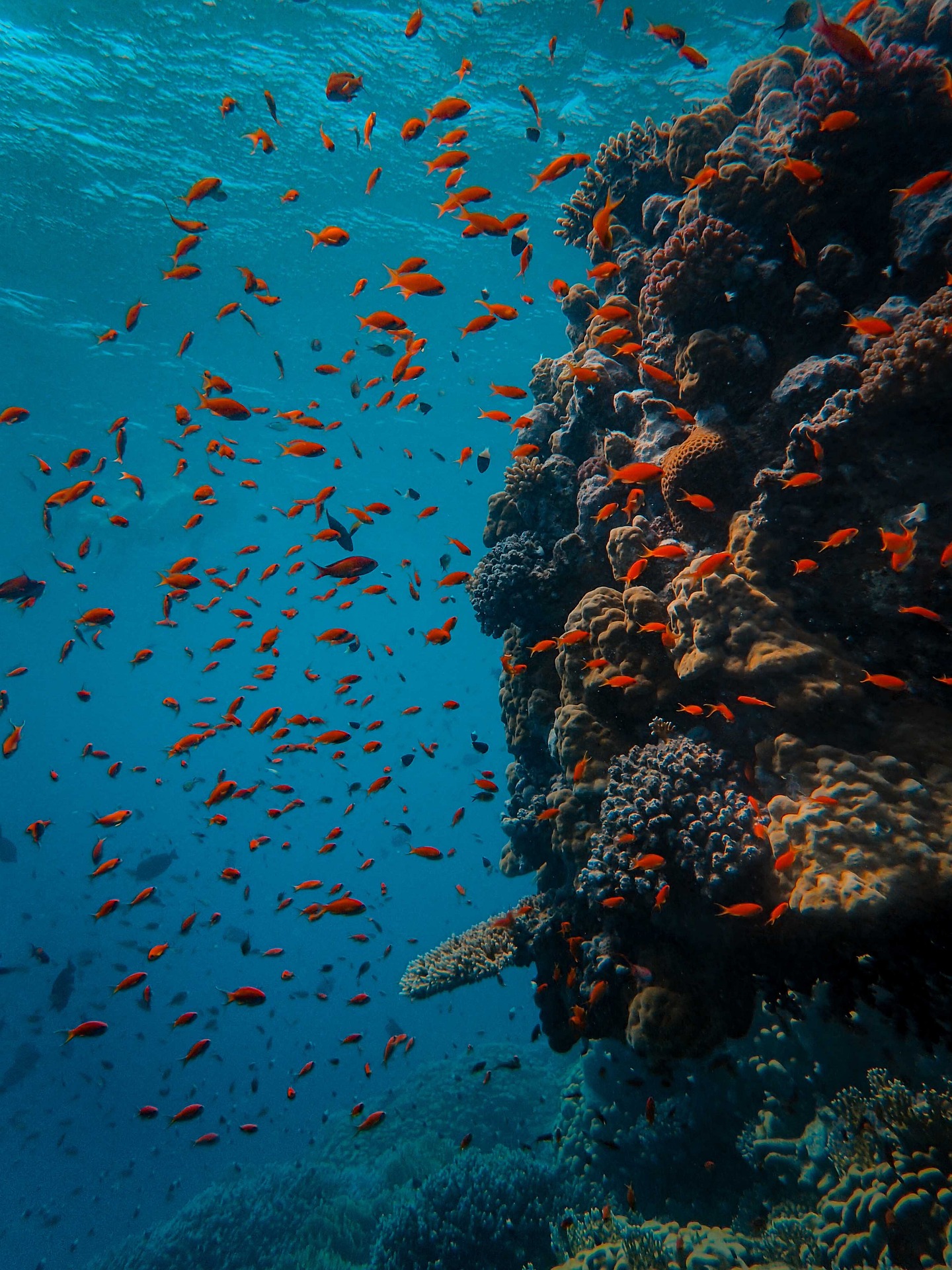Climate change – it’s already here
CLIMATE CHANGE – IT’S ALREADY HERE
Our Head of Education, Laura Gosset, explains why our wildlife charity is so concerned about climate change and how nature can help address the climate crisis.

With heat waves and wildfires occurring here in the UK with increasing regularity, and the growing possibility of drought declarations and flooding, many of us are starting to feel and see first-hand the impacts of our changing global climate right here on our doorstep.

Head of Education Laura Gosset
‘Climate change is the greatest perceivable threat facing humanity,’ stated the Law Society on Twitter.
With extreme weather events, storms, record heat and coastal flooding, the consequences of our actions on our climate are becoming increasingly evident. To back this up, 2019 was already 1.1 °C warmer than the pre-industrial era and 2022 was the hottest year on UK records, while the rest of Europe saw the second hottest year on record.
Why is 2030 such an important milestone?
The UN climate target plan for halving emissions by 2030 was set as part of a reasonable time frame, that would not result in unbearable economic costs.
Why is the target to limit global average temperature increase to 1.5°C?
This target was used in an effort to balance what’s possible against what’s necessary. It is important to know that even if we limit warming to 1.5°C in future, this won’t reverse climate change – in fact the impacts of a 1.5°C increase will be significantly worse than the impacts we are already seeing. And sadly, this goal will now be extremely difficult to meet.
What is the tipping point?
The tipping point is the critical point in a situation, process, or system beyond which a significant and often unstoppable effect or change takes place. In climate science, this is a critical threshold that, when crossed, leads to large and often irreversible changes in the climate system.
 Why is an increasing global average temperature a problem for people?
Why is an increasing global average temperature a problem for people?
• It will increase the risk of heat-related deaths.
• It will increase the frequency and severity of weather disasters. According to the UN Secretary-General Antonio Guterres “We now have five times the number of recorded weather disasters than we had in 1970 and they are seven times more costly”.
• Climate change is impacting our ecosystems, with negative implications for vital ecosystem services such as water and nutrient cycling, oxygen production and carbon sequestration, that we as humans rely upon.
• Climate change will impact food production globally. Research has shown that regions of North and South America, Asia and Africa are becoming too hot to grow grain, while rising sea levels are contaminating groundwater and impacting rice production in low-lying regions of Bangladesh and China. Three-quarters of our crops depend on insects for pollination and as many as 41% of insect species are currently threatened with extinction due to a combination of climate change and habitat loss.
• Furthermore, the very food we eat is becoming less nutritious with increased carbon dioxide concentrations causing plants to photosynthesise more quickly, increasing the amount of sugar, and reducing the level of calcium, protein, zinc, and important vitamins they contain.
• Mosquito-borne diseases, such as malaria and dengue fever, flourish in a warming world, so climate change will increase the prevalence of disease.
• Warmer temperatures cause the pollen season to be longer and worsen air quality, possibly resulting in more asthma and allergy attacks, including hay fever.
• Increased rainwater run-off (caused by more intense downpours) can wash animal waste, pesticides, sewage and chemical fertiliser into waterways – entering drinking or recreational waters.
“Protecting and restoring nature will be crucial if we are to limit the impacts of climate change. Nature acts as a buffer to climate change as it absorbs the greenhouse gases that are causing it.”
What has this got to do with wildlife?
• On one hand, limiting climate change is key to protecting wildlife and nature, because as the world warms up and environments change, many animals and plants find it increasingly difficult to thrive in the habitats they have evolved to live in.
• On the flipside, however, protecting and restoring nature will be crucial if we are to limit the impacts of climate change. Nature acts as a buffer to climate change as it absorbs the greenhouse gases that are causing it, and many habitats such as forests and peatlands act as natural carbon stores. Alongside habitats, scientists are now beginning to understand the important role wild animals, such as great apes, whales and elephants, play in maintaining healthy natural systems that can store carbon and reduce the impacts of climate change.
• Therefore, it is vital that we take our message about the importance of looking after wild animals and the ecosystems of which they are an essential part to the discussions on climate change. Ecosystems and nature are our greatest assets in tackling climate change.
What does the future look like if we do nothing?
• The situation will keep getting steadily worse as there will be an increase in climate catastrophes.
• 8% of vertebrate species are predicted to lose half of their range by 2100.
• Coral reefs are predicted to decline by 99% due to heatwaves.
• Under one extreme scenario, ‘55% of the world’s population across 35% of its land area would experience more than 20 days of lethal heat per year’ .
• Every delay means that carbon-capture efforts down the road to capture and store carbon dioxide will have to be even more fantastical and dramatic – both a risky and expensive strategy.
What might the future look like if we make significant changes to our way of life?
• We are already seeing the impacts of past carbon emissions, and this will continue for some time.
• However, it is easier to prevent or reduce further carbon emissions than it will be to try and take them back out of the atmosphere.
• Unfortunately, we are now in the game of limiting rather than reversing the damage.
• Ultimately, what we do now is critical to the future habitability of the planet, as every tonne of CO2 we emit now matters – we must act fast and make big changes.
What do we need to do?
According to an IPCC report the best way to limit future warming is to cut net human carbon dioxide emissions:
• by 45% by 2030.
• to net zero by 2050.
What does this action look like for you and me? Take a look at Born Free’s action list for ideas of what you can do.
